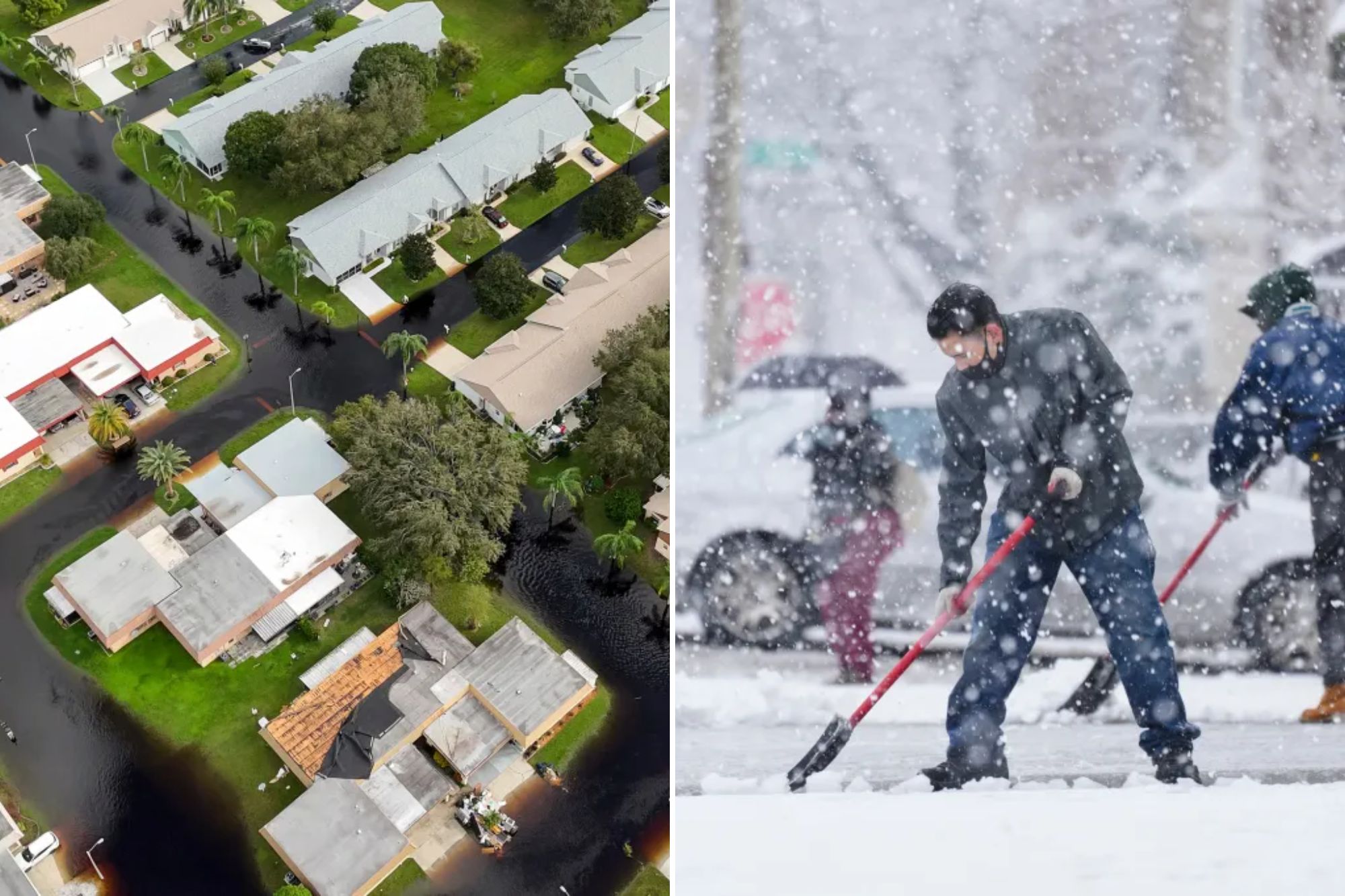N
OAA’s Climate Prediction Center confirmed on Thursday that La Niña conditions began in September 2025, a shift that will shape the end of this year’s hurricane season and the upcoming fall‑winter weather across the U.S. La Niña occurs when equatorial Pacific waters cool below average; NOAA noted an expansion of below‑average sea surface temperatures in the central and eastern Pacific. Although La Niña typically requires five consecutive three‑month periods to be official, AccuWeather’s Paul Pastelok says this year’s event is weak.
**Hurricane season implications**
AccuWeather’s Alex DaSilva predicts that La Niña will favor an active late season. During La Niña, wind shear over the Atlantic’s tropical zones lessens, raising the chance of storms, especially in October and November. So far, 10 named storms have formed, including four hurricanes. Tropical Storm Jerry is poised to become the fifth hurricane, though it remains far offshore.
**Winter outlook**
Meteorological winter starts December 1. If La Niña strengthens, its impact could be pronounced, but the current weakening trend suggests a milder influence. Emily Becker of NOAA’s ENSO blog notes that La Niña may not exert a strong winter effect. Forecasts indicate a relatively uneventful winter, though southern states may experience colder temperatures.
**Homeowner preparation**
Whether facing hurricanes or winter cold, proactive maintenance reduces risk. Janet O’Dea of Powers Plumbing stresses that most winter catastrophes stem from neglect: “Planning ahead eases pressure.” Key actions include:
- Keep a working generator and a supply of batteries for flashlights and lanterns.
- Inspect the home before winter: check for frozen pipes, drafts around windows and doors, and gutter condition.
- Inspect the roof for damage and clear gutters to prevent water buildup that can harm roofs, foundations, and siding.
By addressing these areas early, homeowners can mitigate damage from both tropical storms and severe winter weather.














